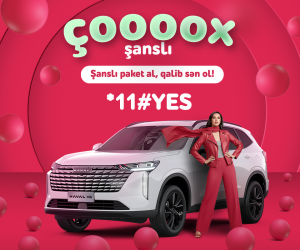Microsoft to introduce offensive emoji

From sending countless 'poops' to adding hearts to sentimental messages, your choice of emoji says a lot about you.
However, until now it has been tough to express real anger.
Microsoft has come to the rescue, saying it plans to introduce a range of new emoji with Windows 10 including a controversial 'middle finger' hand sign.
If fact, the symbol was ratified by the organisation that oversees emoji last year - but has not been used until now.
'The middle finger emoji was approved as part of Unicode 7 in mid-2014, yet has curiously remained absent from iOS, OS X, Android, and Windows.,' said Emojipedia.
'Until now.'
It says Microsoft is also set to abandon the traditional yellow emoji, instead making them grey.
'Taking on board the Unicode recommendation that the default skin tone of emoji people should be generic (nonhuman) in appearance, Windows now displays grey-skinned people as the race-neutral default.
'This is used when no specific skin tone is chosen.'
Google and Apple use a bright shade of yellow as the default skin tone, making Microsoft the first to use grey as the default.
It come as experts have analysed more than one billion uses of the tiny icons to see how they are used across different languages.
Study found that the French are the most loved-up, sending more hearts than any other region, while Australians use double the average amount of alcohol-themed emoji.
In the US, gadget users send 30 per cent more LGBT-related emoji than the average, including a rainbow, men holding hands or women holding hands.
This is followed by Canada and Malaysia.
To plot the differences in use, London-based keyboard app firm SwiftKey analysed more than one billion sets of emoji data, covering 800 emoji across 60 categories.
The findings of the report came from an analysis of data over a four-month period between October 2014 and January 2015, and includes both Android and iOS devices.
The languages studied include English, including US, UK and Australian, Spanish, Vietnamese, French, Malaysian, Arabic, German, Turkish, French, Portuguese, Italian and Russian.
Happy faces, including winks, kisses, smiles and grins were the most popular across all regions, making up 45 per cent of all the messages studied.
Sad faces were in second place followed by hearts, which includes all colours of hearts and the broken heart emoji.
Hand gestures such as thumbs up, clapping hands and the peace were in fourth, followed by romantic emoji, such as the lipstick kiss mark, love letter and couple kissing.
All languages were found to be more positive than negative, in terms of emoji use, but the French are the most positive on 86 per cent, compared to the average 70 per cent.
(dailymail.co.uk)
www.ann.az
Similar news
Similar news
Latest news 
More news 



































 Photo
Photo 



 Video
Video 

